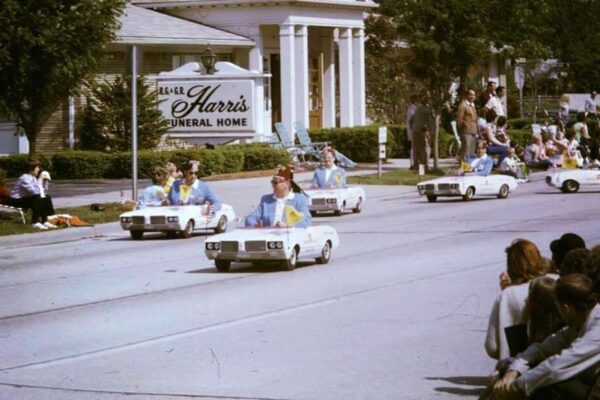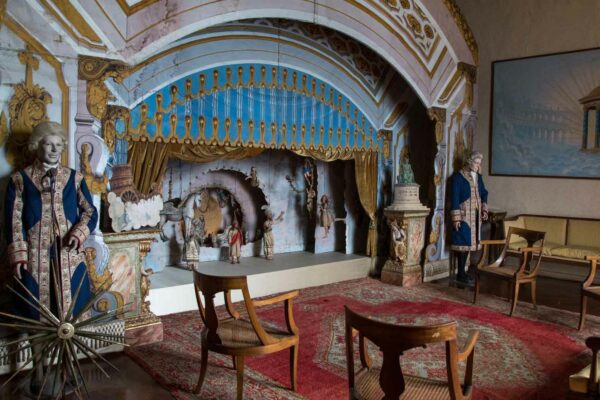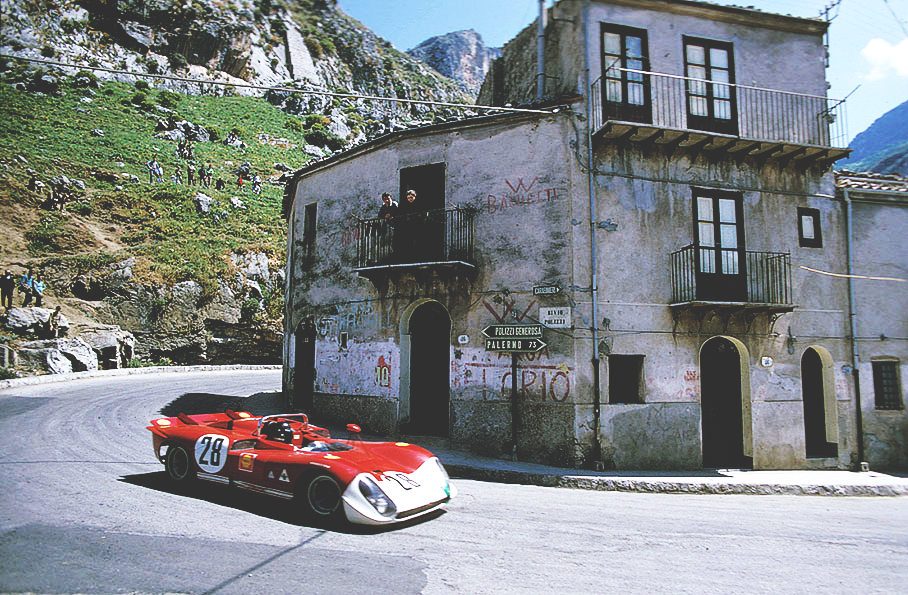
It was the kind of race where if a car broke down, the driver would have been invited inside by locals for spaghetti. The track, littered with horseshoe nails, meandered through the tiny twisting streets of quaint Sicilian mountain towns while villagers watched Ferraris speed by at 100 miles an hour, perilously close to their doorsteps. The Targo Florio embodied la Dolce Vita and brought international recognition to Sicily for seven decades, but it was its own dangerous beauty that would ultimately lead to its demise.
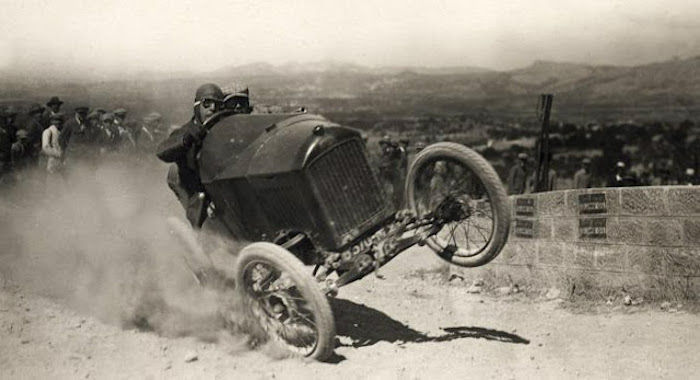
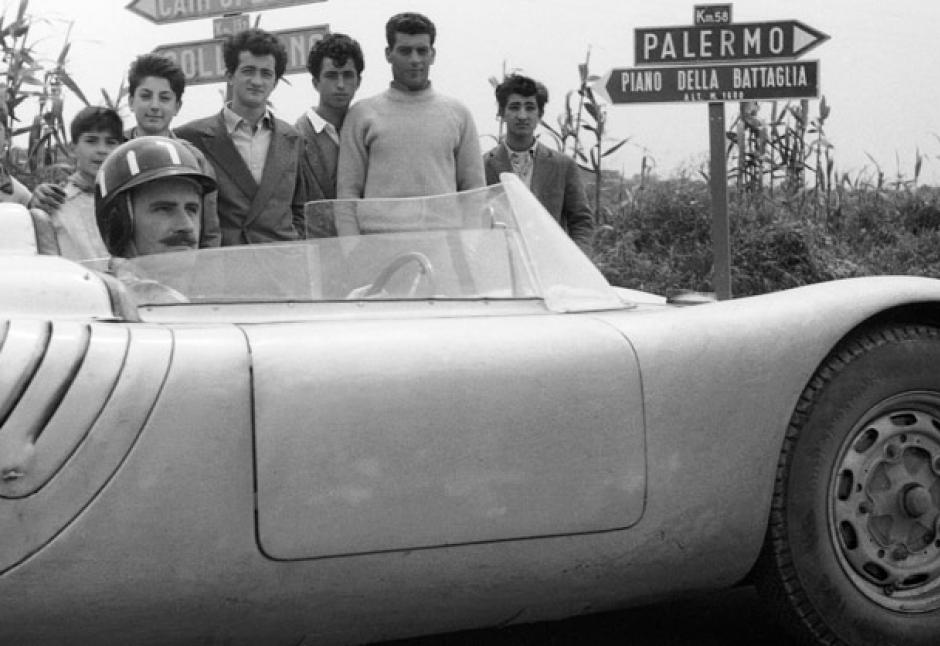
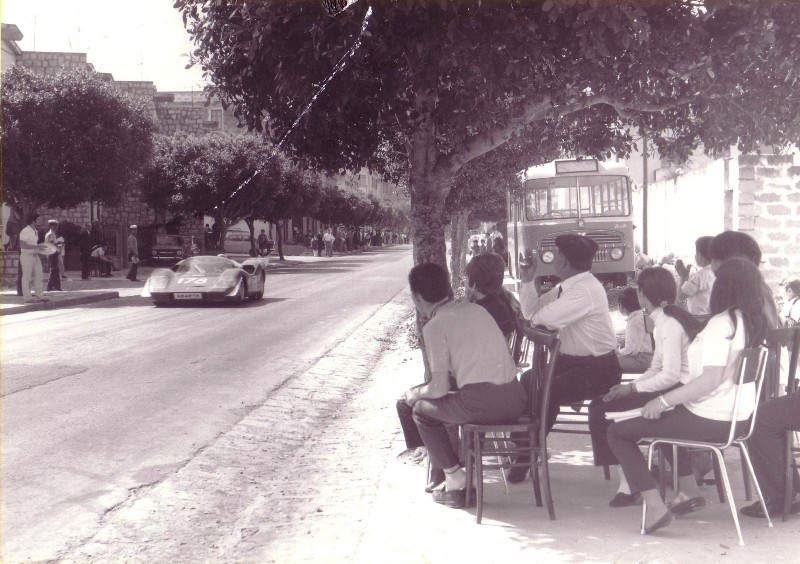
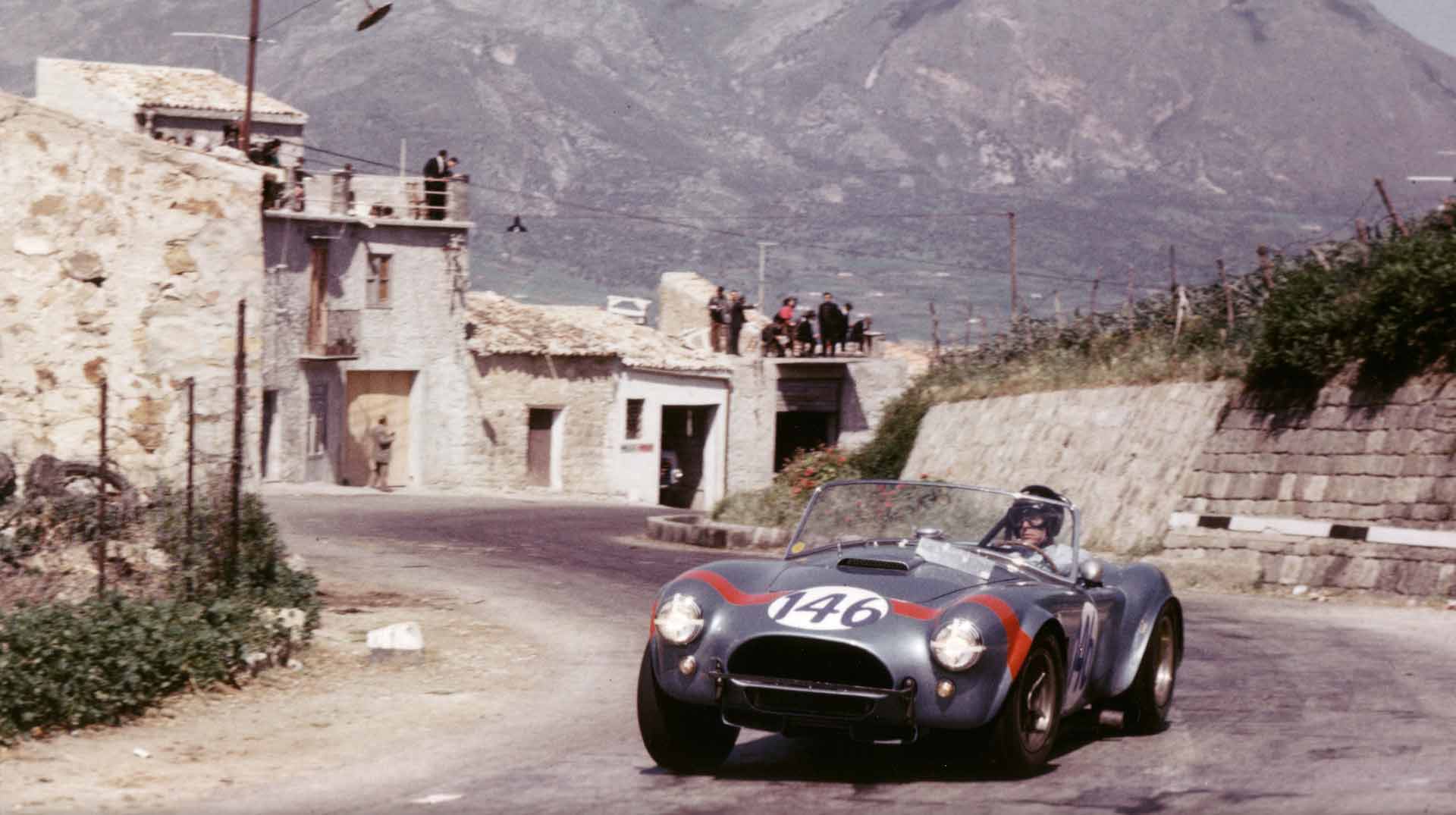
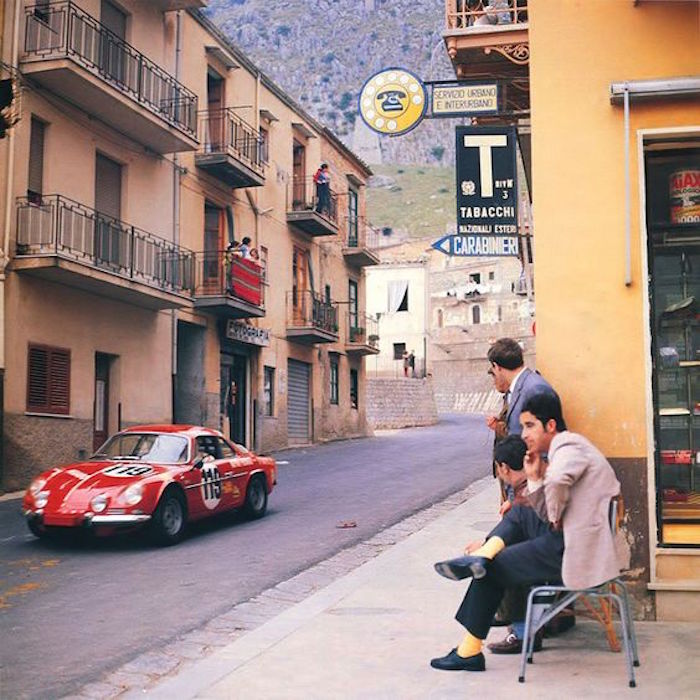
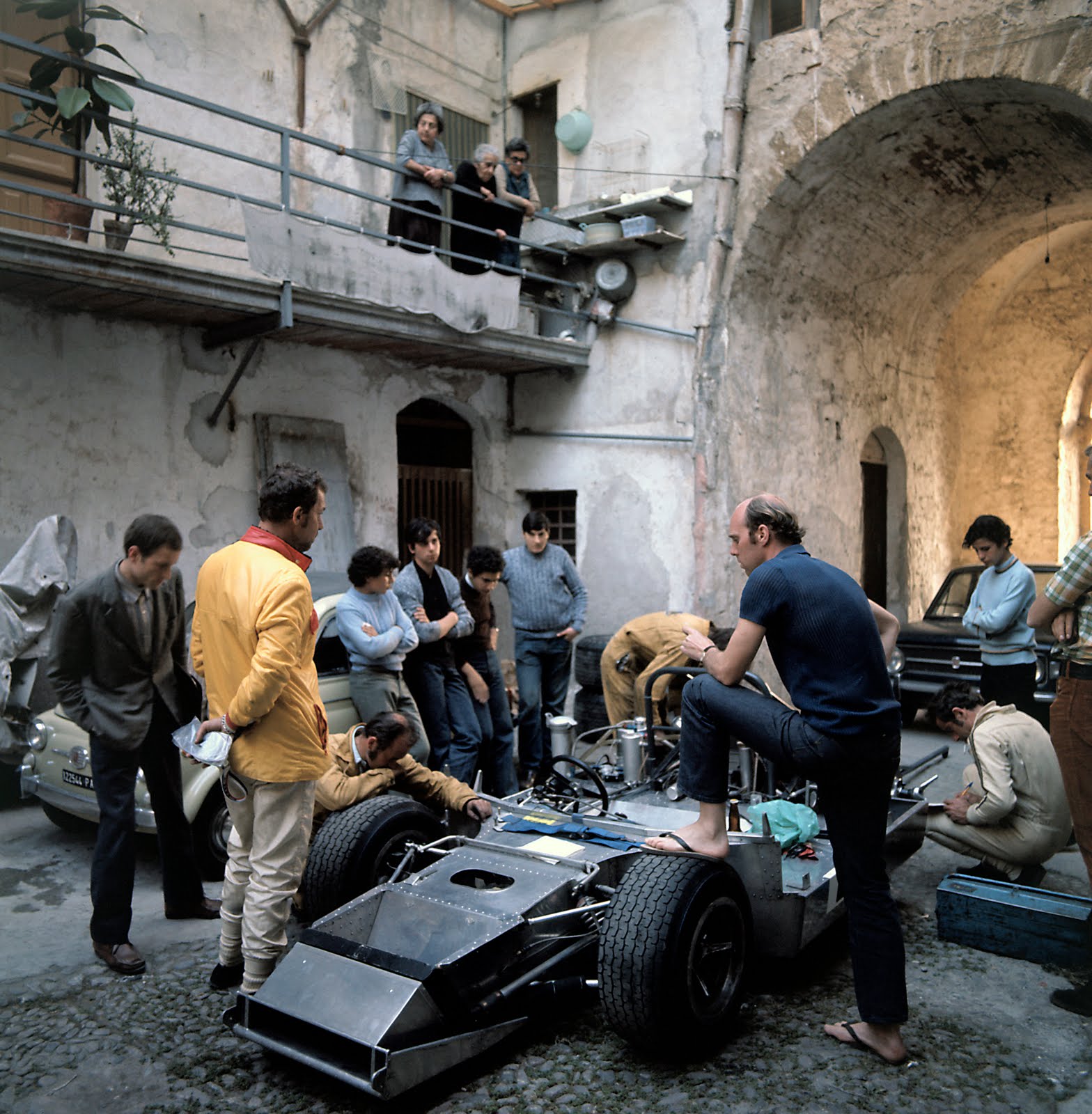
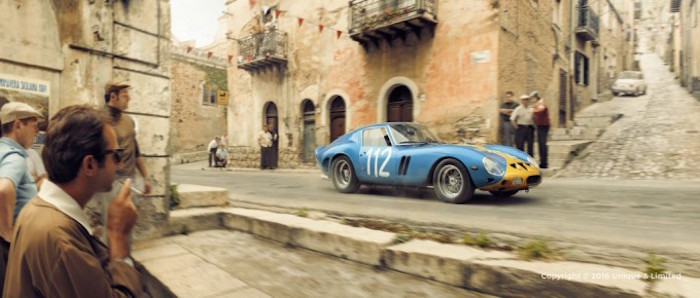
(c) Art People Gallery
I don’t watch Grand Prix racing and I don’t know very much about how the sport really works, but I did just spend my morning on the internet captivated by old photographs of the legendary Targa Florio, which held the title of the world’s oldest sports car race until its event was stopped mid-race by police in 1977, never to start again.
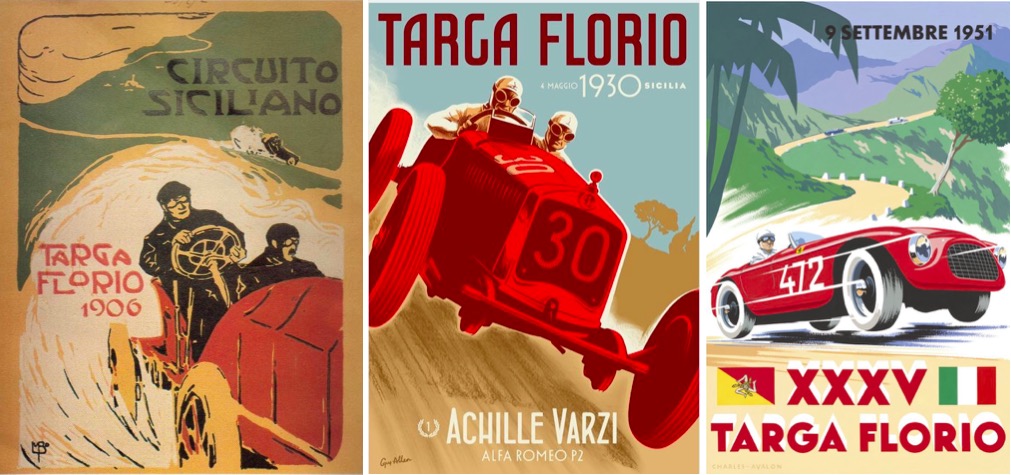
Founded in 1906, it was one of Europe’s most important and popular races when the Grand Prix tournaments that would succeed it were still just isolated events, not a series like today’s Formula 1.
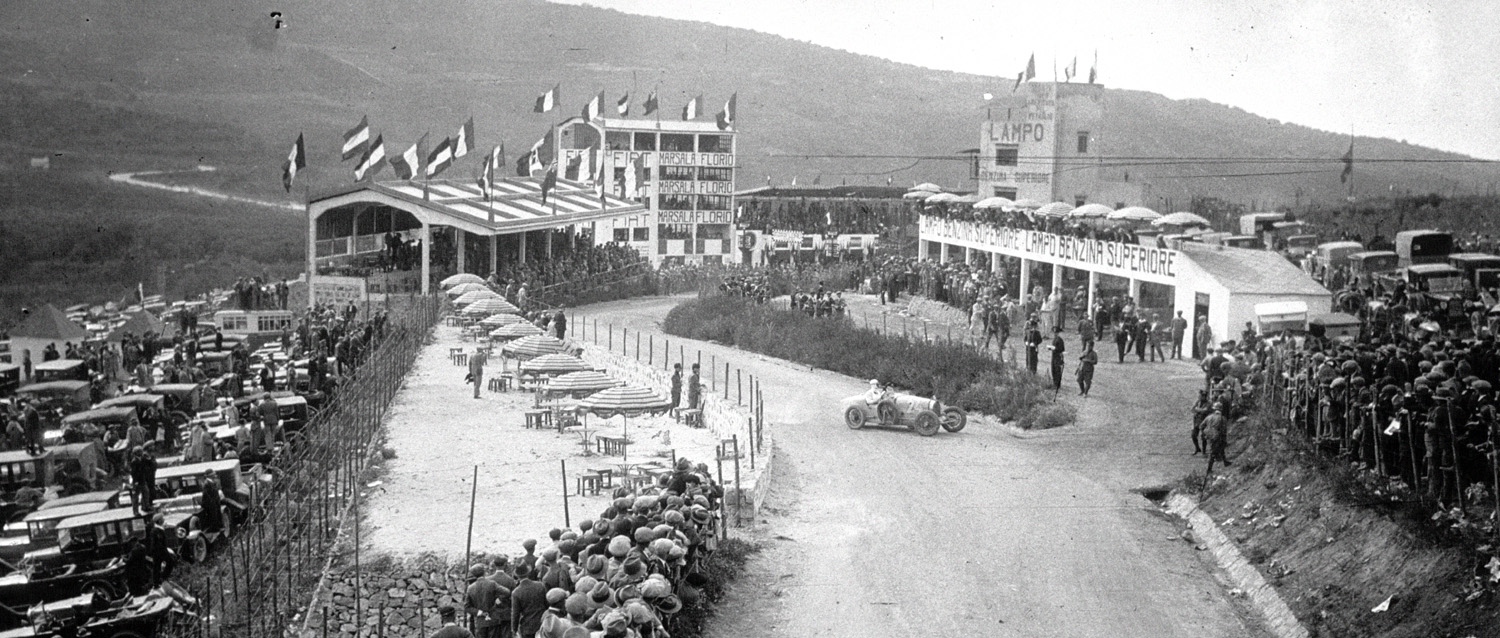
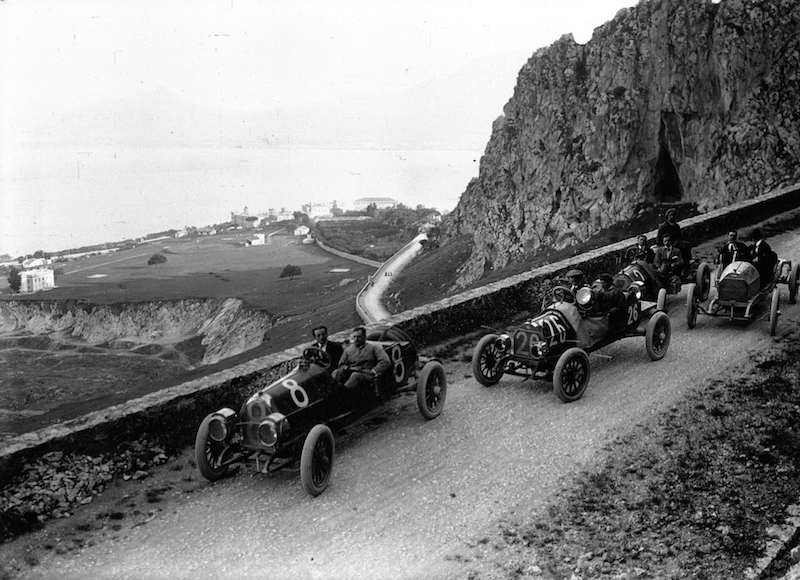
A 21 year-old Enzo Ferrari drove his first race in 1919 on the Targa track, and in 1924, Mercedes selected one of their young engineers to compete in a car he had designed himself. The driver, who won the race that year, was Ferdinand Porsche.

The Targa Florio track was the most difficult in the world and unlike any other driving experience. The original Grande 148 km circuit was a single lap of 2,000 corners, most within the ancient crumbling Sicilian villages.
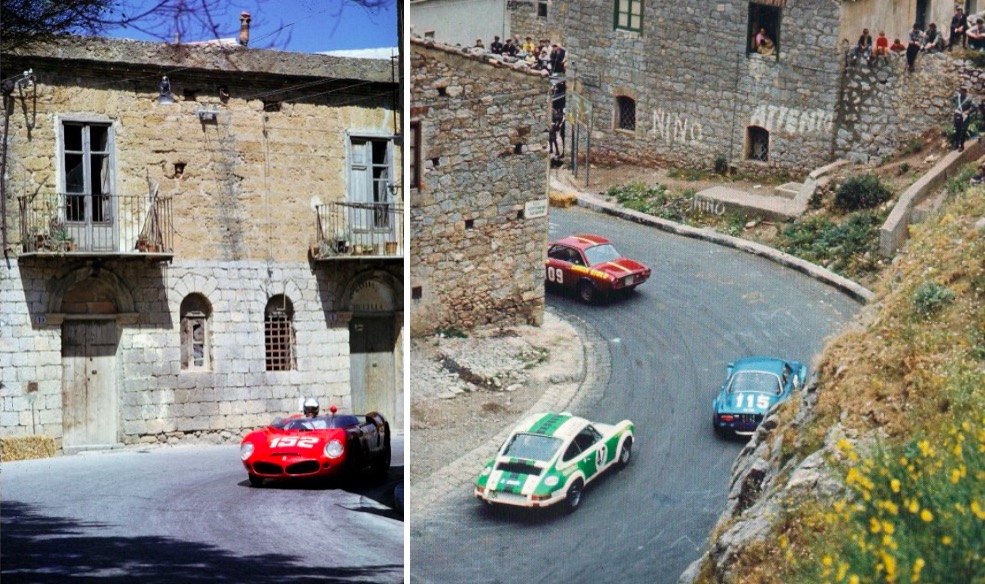
Drivers needed at least 60 laps to learn the course and practice days were held in public traffic with local cars going about their daily business, livestock by the roadside and children playing in the street.
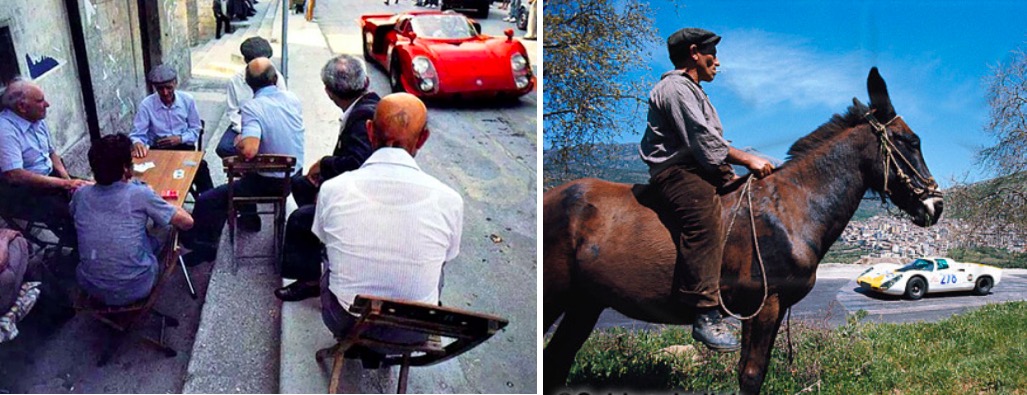
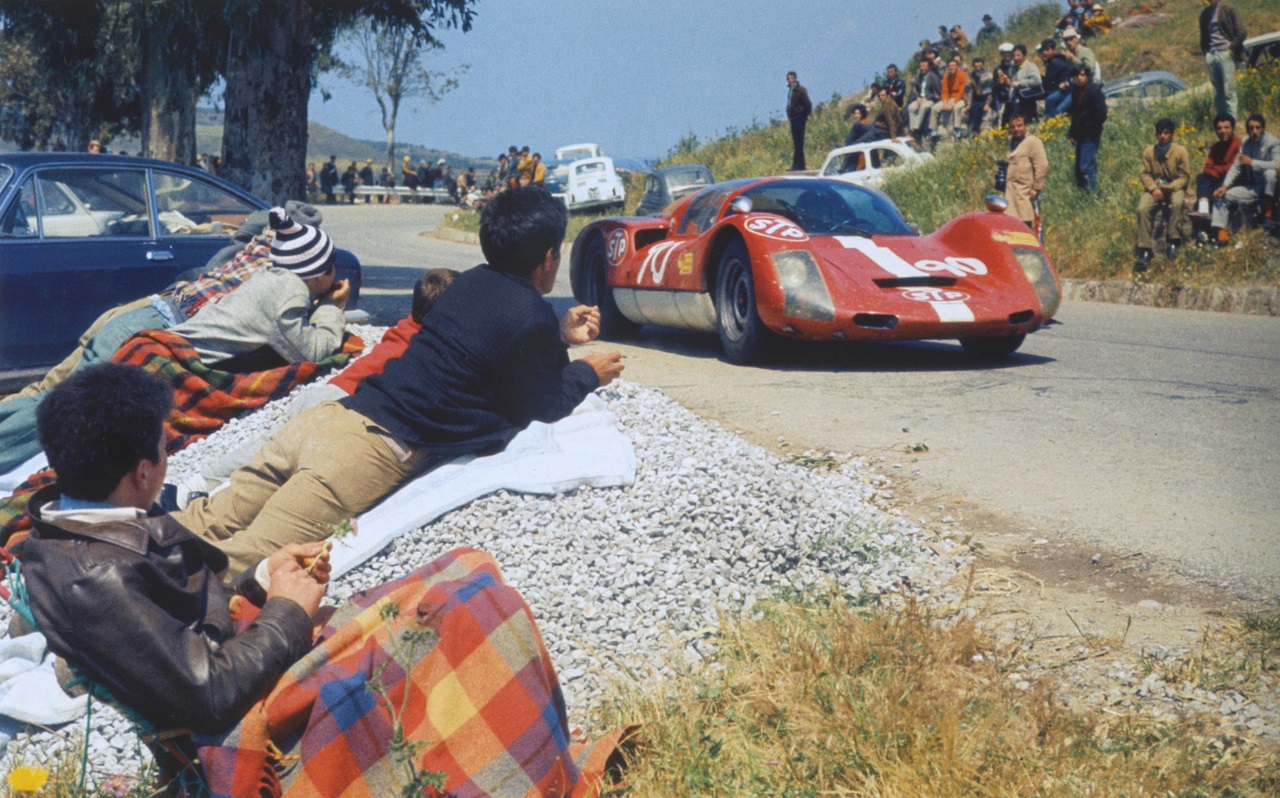
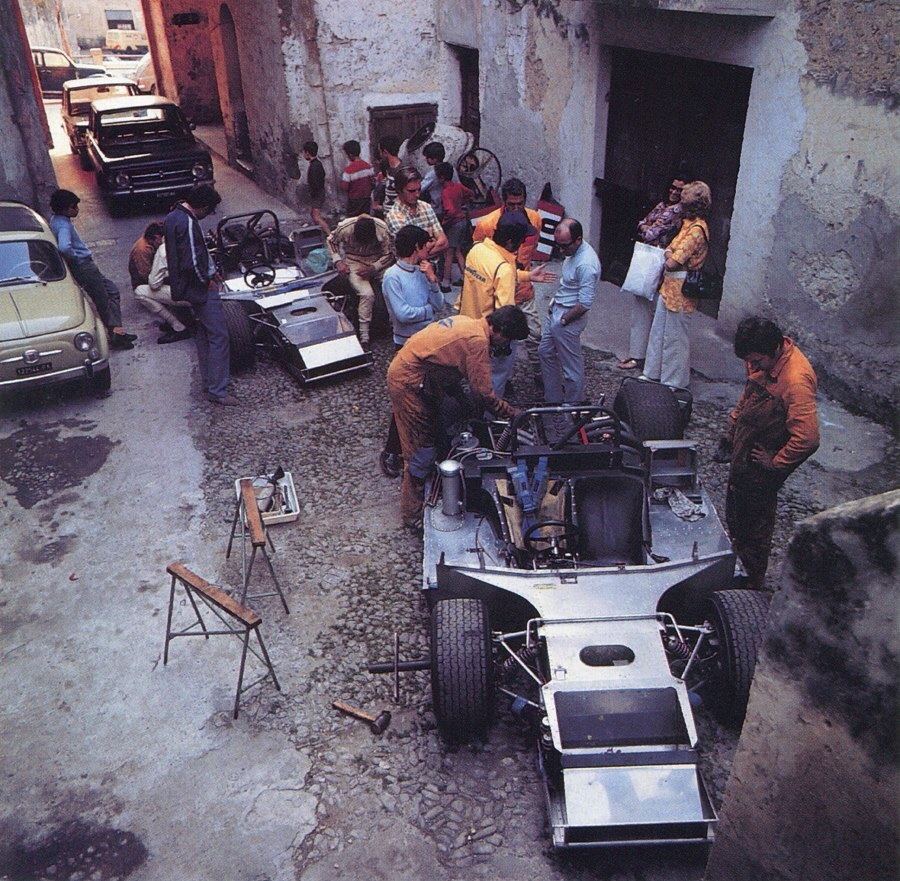
For the main event, there were no guard rails to protect the crowd except for a few hay bails here and there.
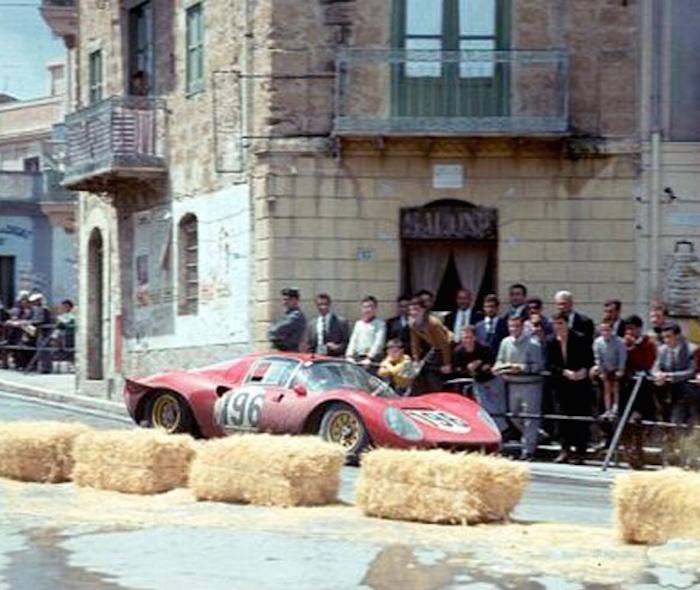
Despite the dangers, locals loved the Targa Florio and the excitement it brought to their island.
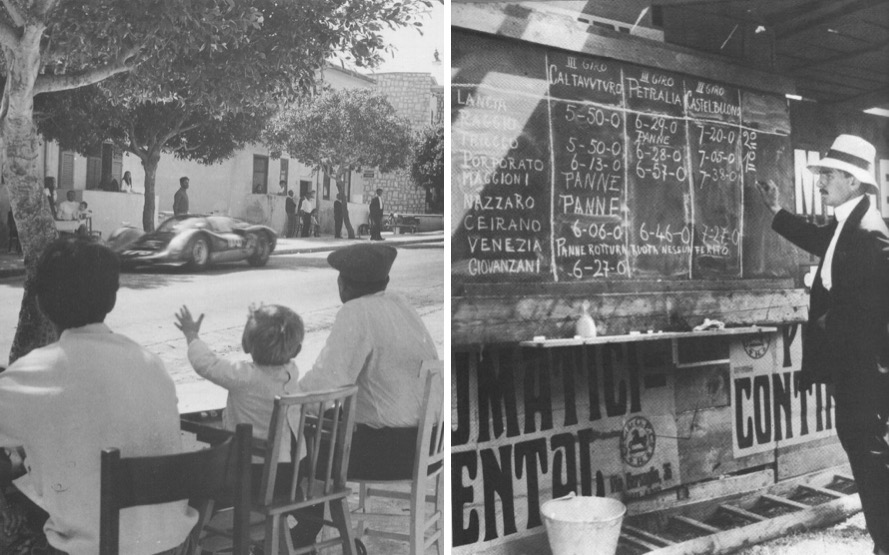
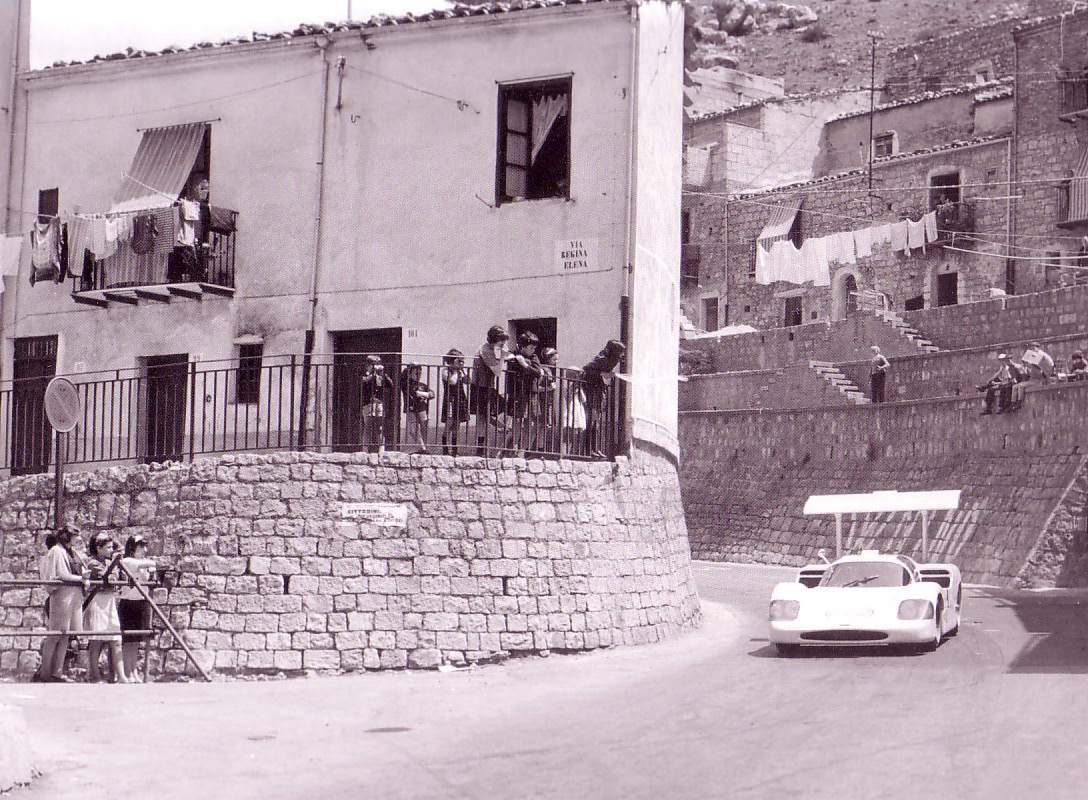
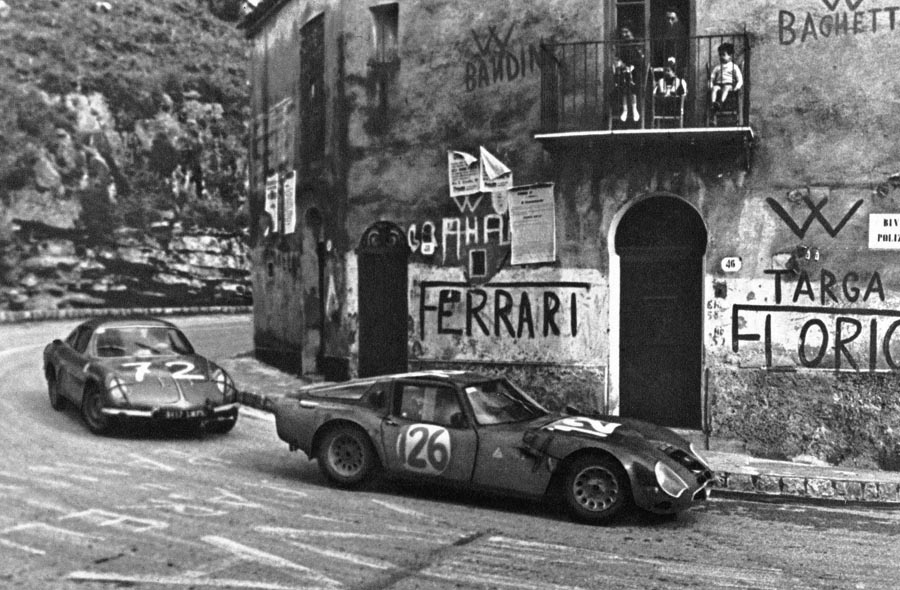
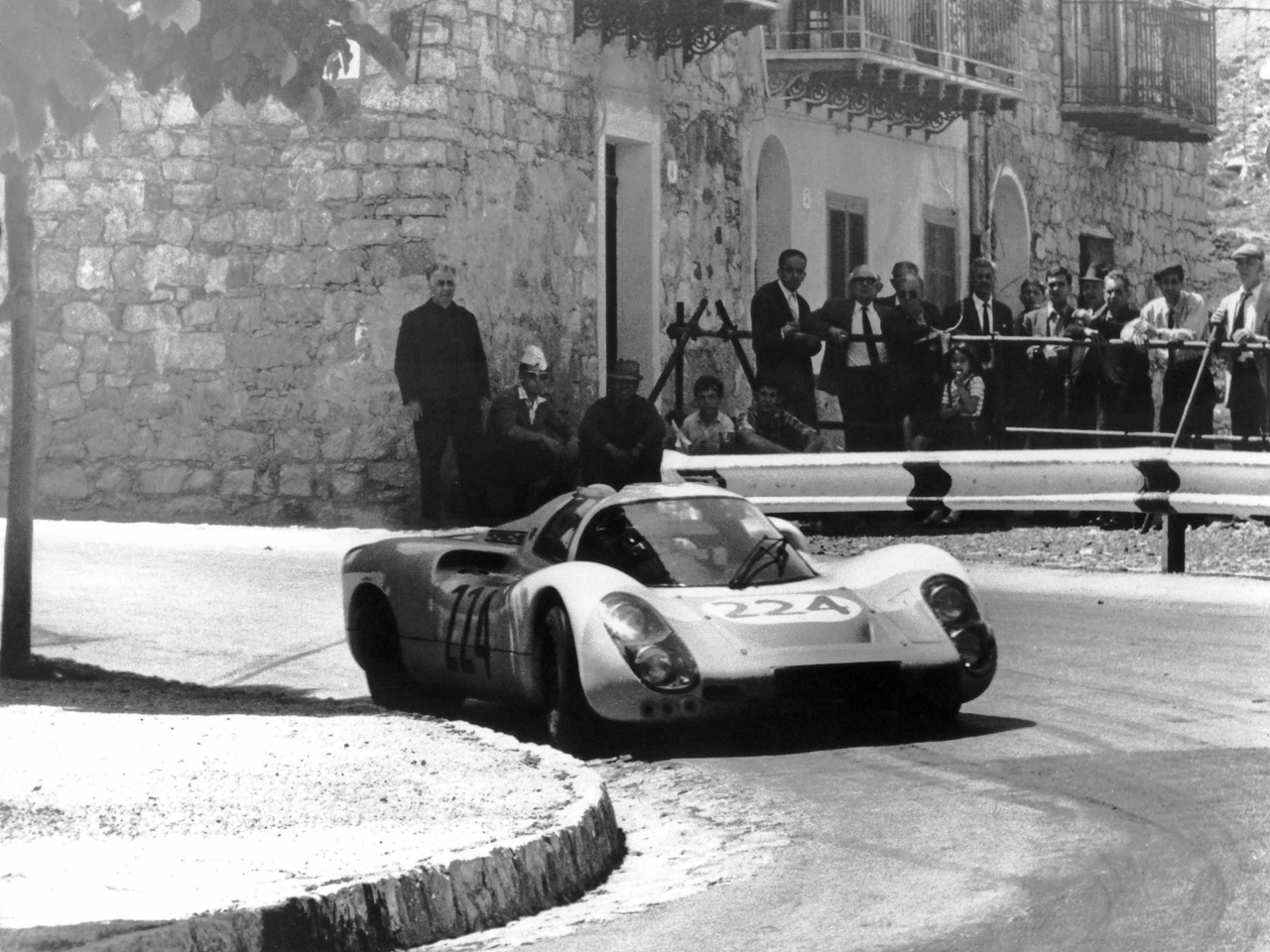
Every year on race days, which were treated like a national holiday, villagers gathered in the streets, set up their furniture on the sidewalks or even on the roads, played cards and drank Martini, waiting to cheer on the racers as they whizzed by.
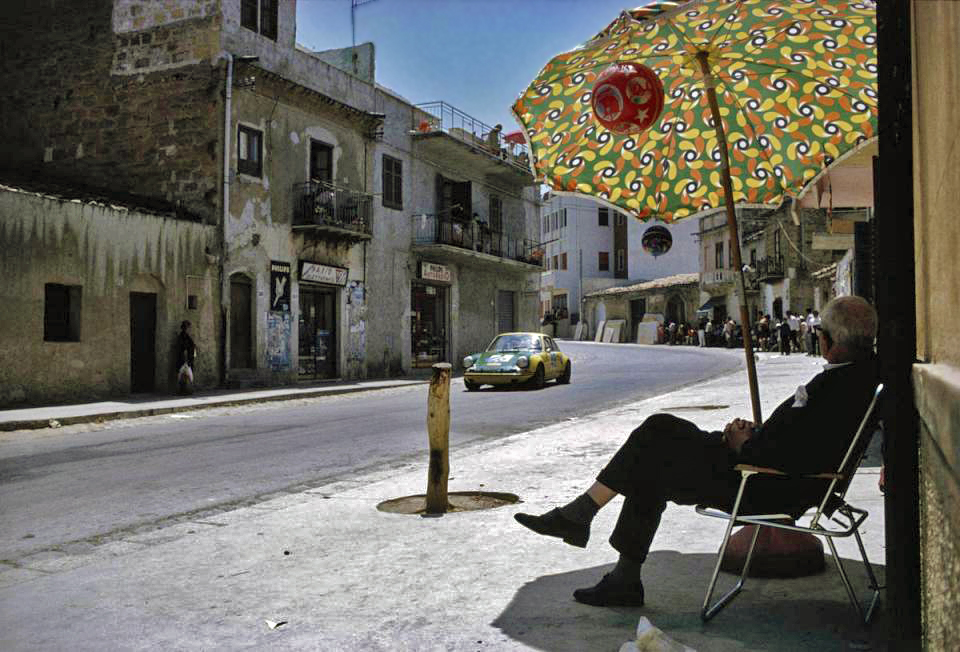
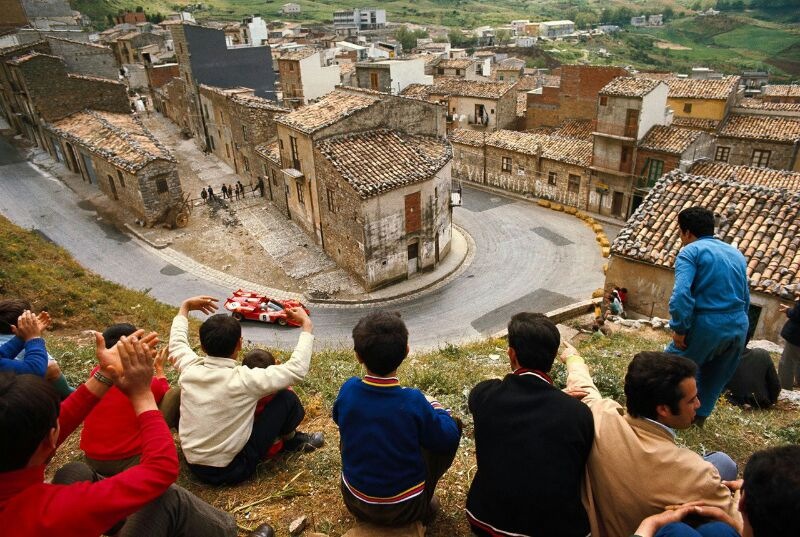
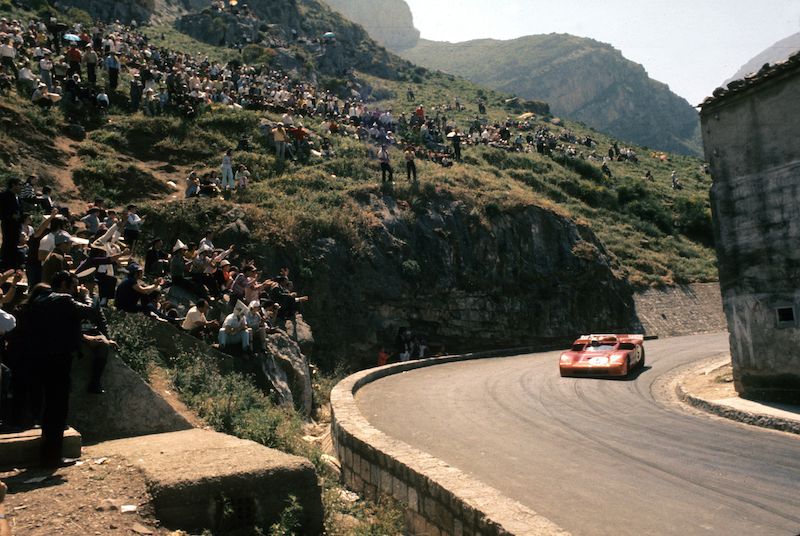
Nino Vaccarella, a native Sicilian from Palermo was their favourite driver, who rode in the most powerful car ever to participate in the race– a Ferrari, naturally. In 1962, he was about to win the race when he slowed his car to wave to fans and drove into a wall. His name can still be found written in graffiti along the lost Targa tracks.
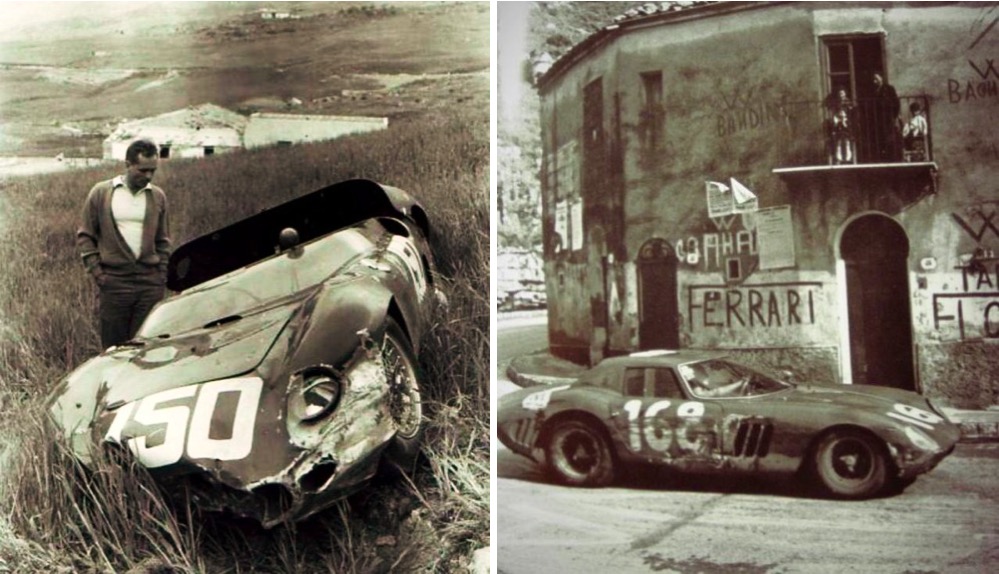
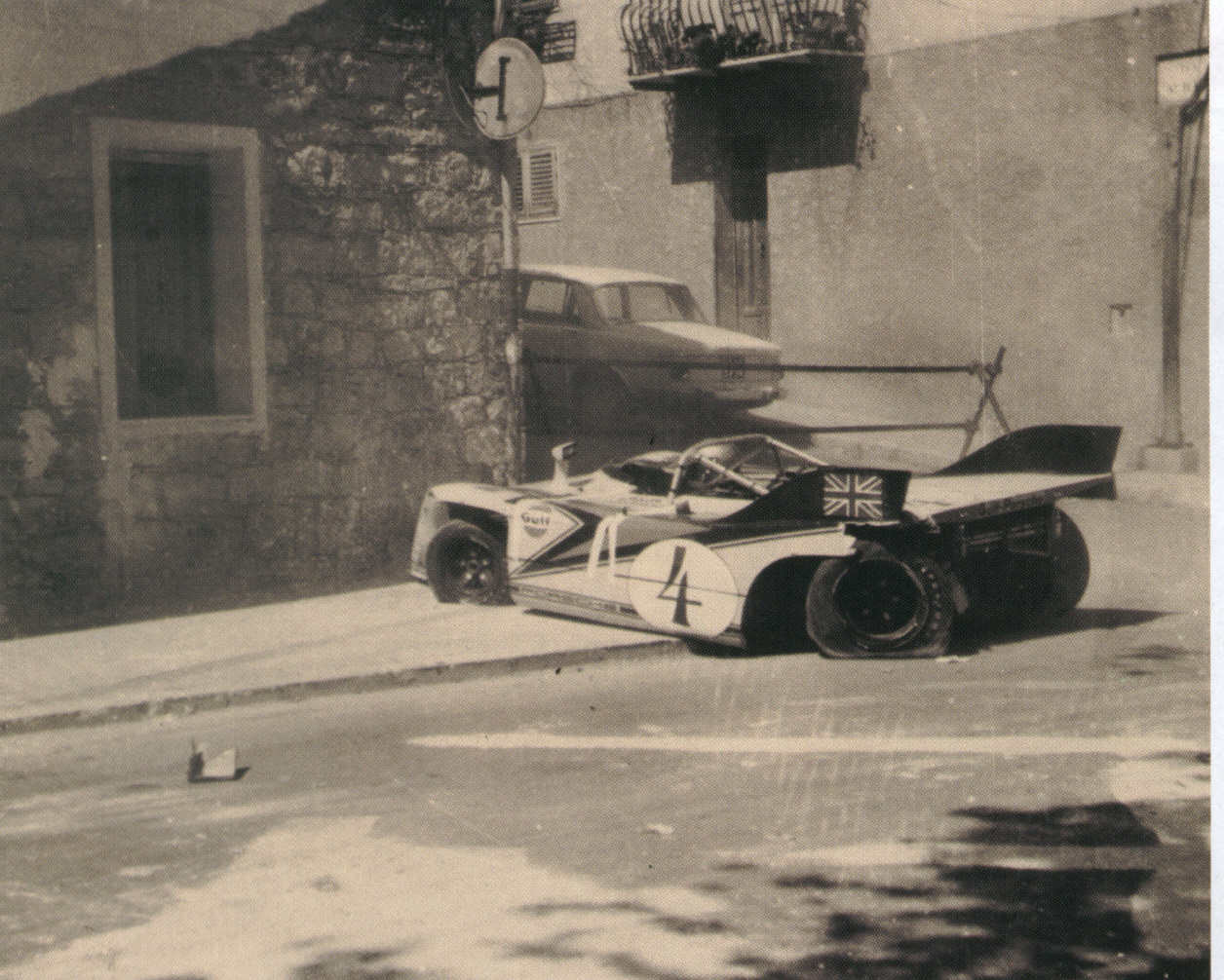
Industry experts called the race that regularly chewed up now-priceless sports cars, “totally insane”– and it’s a miracle there were only nine fatalities in the event’s 71 year history. The race had a particularly bad year in 1973 with two fatal accidents and several disastrously close calls which caused the event to fall out of favour with the international racing community. The automative governing body began demanding all official international circuits have mandatory safety walls, but for Targa’s 44-mile track of combined public roads and tiny Sicilian streets, it was an impossible demand.
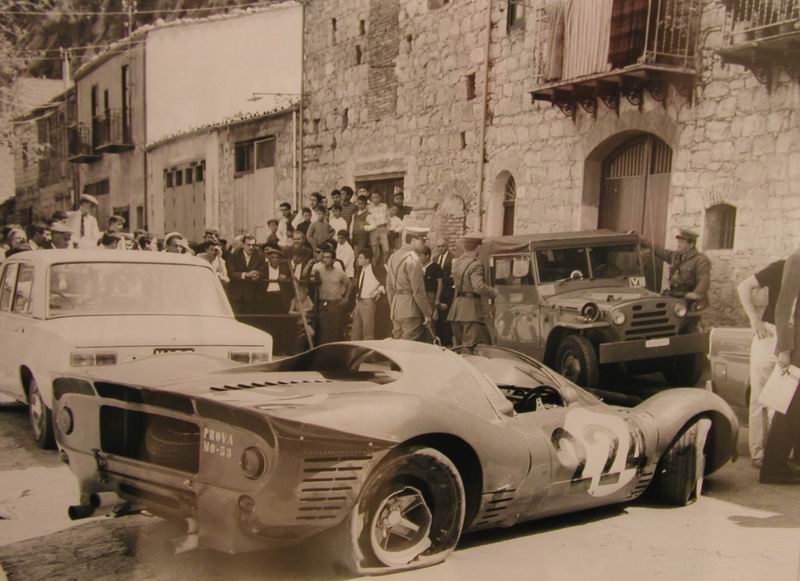
When a driver crashed into the crowd at 100 mph in 1977, killing two and putting himself into a coma, it was the final nail in the coffin for Targa. Police forcibly stopped the race on the 4th lap and no car would ever see the Targa Florio finish line again.
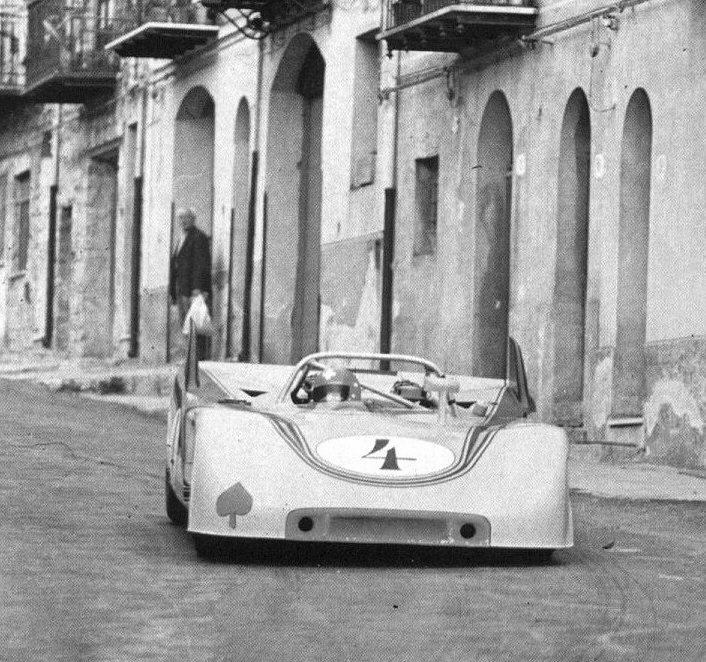
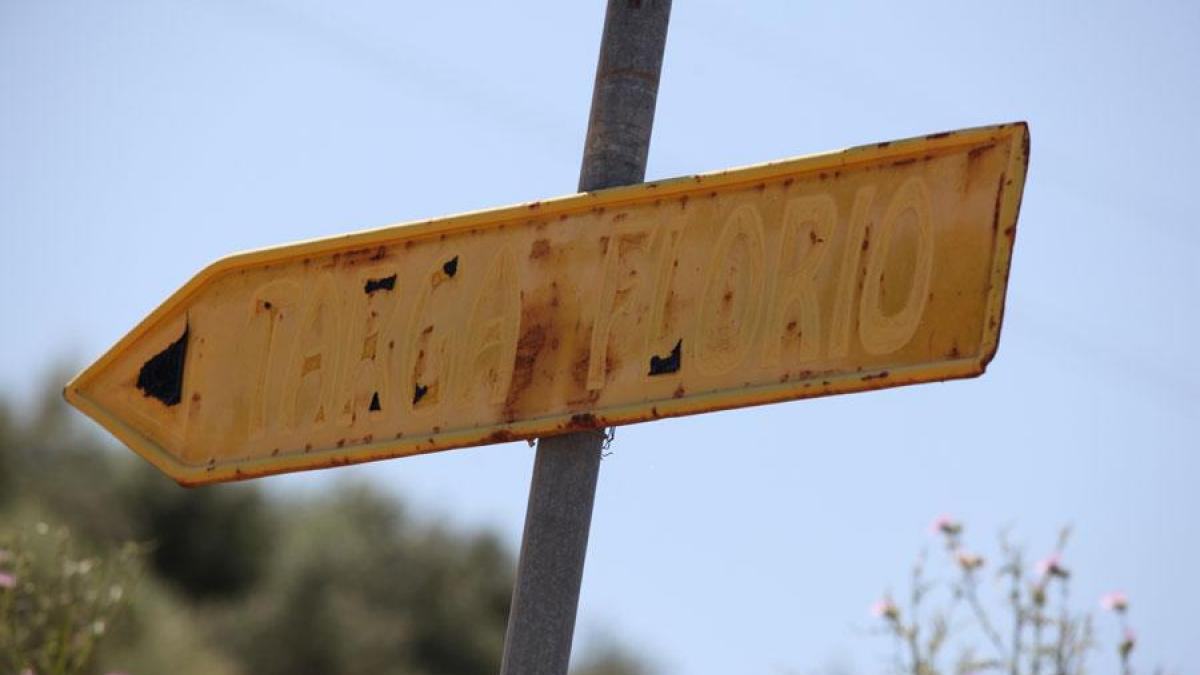
(c) Ronan McGrath for Autoweek
While safety demands finally ended the oldest and most glorious road race of the 20th century, its history is still alive in the region outside Palermo. Most of the villages in the area have a museum dedicated to the Targa Florio, some even set up in actual garages once used by racers.
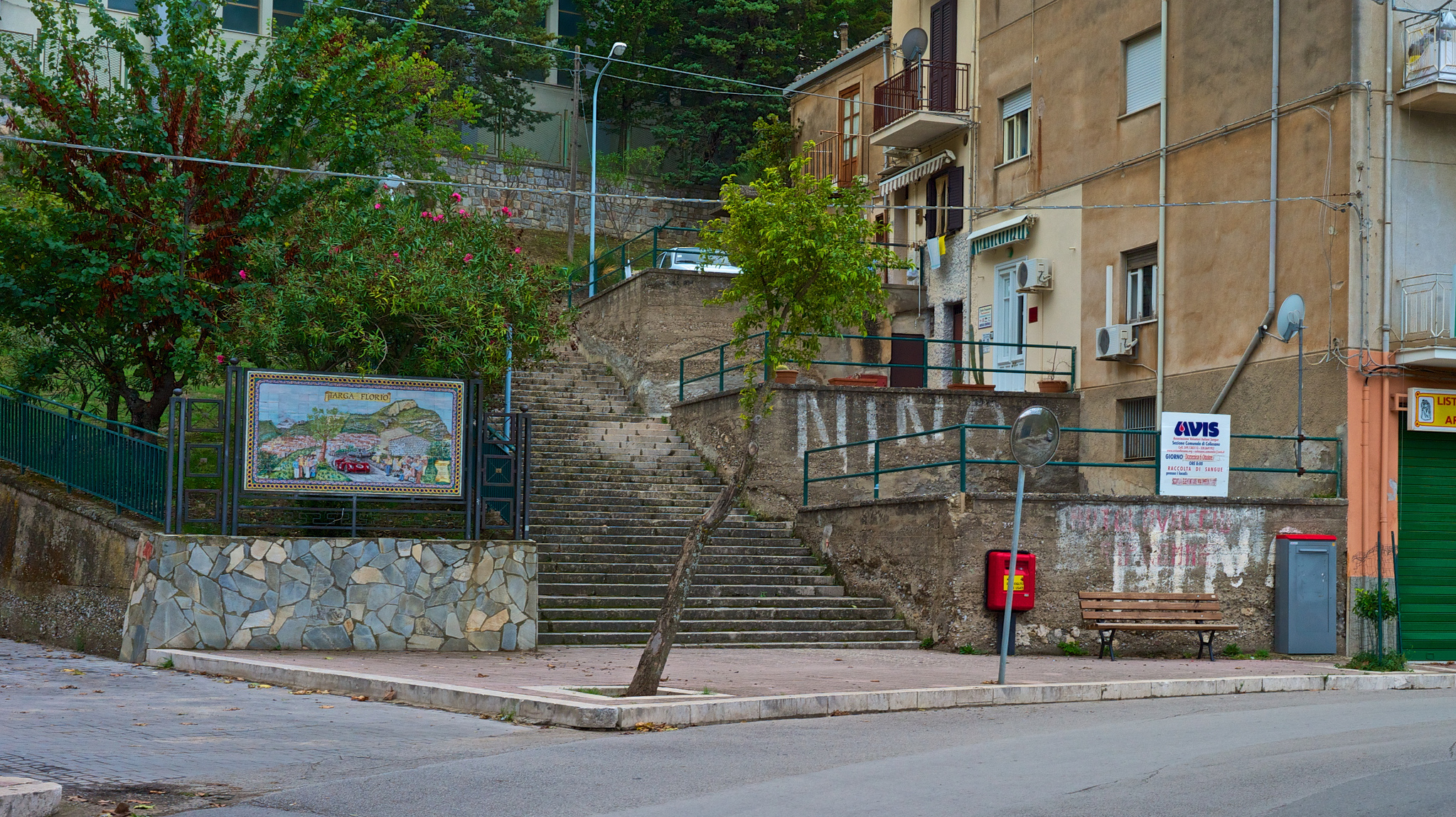
(c) David James
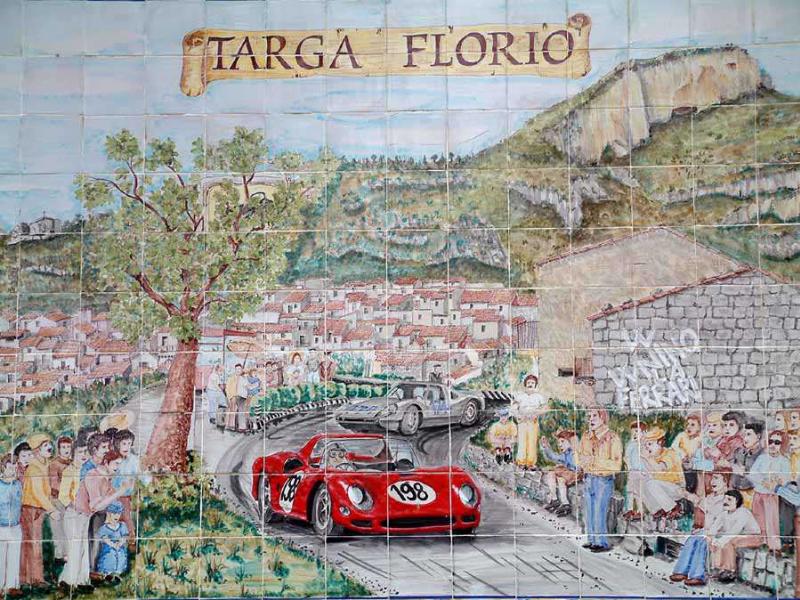
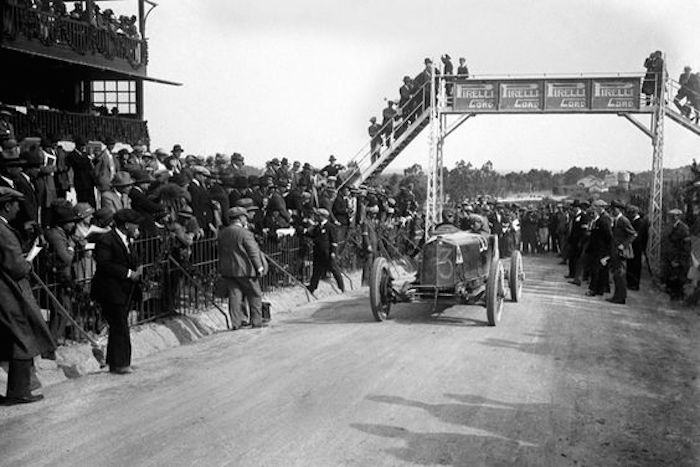
The historic starting line itself however, has unfortunately been left to decay on the roadside. Where huge crowds once gathered in the stands and pre-race tensions created a frenzy of activity around the pits as engines roared, the silence is now ghostly.
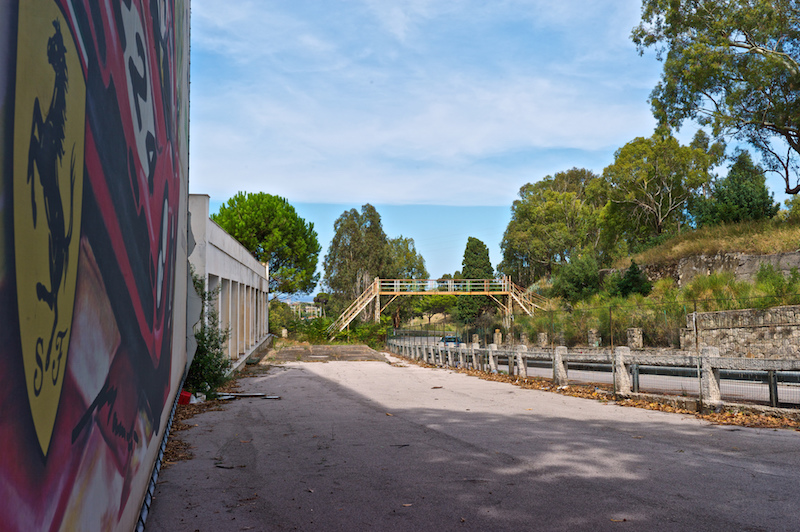
(c) David James
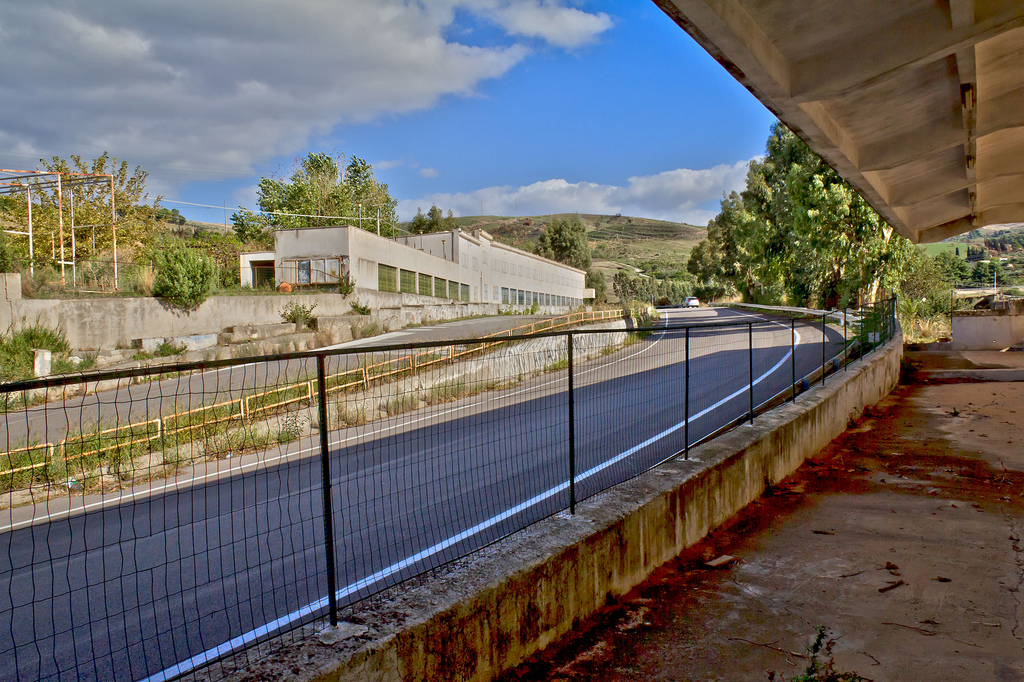
An Australian racing car enthusiast, David James, paid a visit, or what he called a “pilgrimage” to the circuit’s remains.
The course starts at ‘Floriopolis’, a now-abandoned pit and grandstand complex, where the flaking paint reveals the faded sponsor logos of races long past. There’s a bust of race founder Vincenzo Florio hiding behind falling-apart structures that once buzzed to the sound of multi-carb Ferrari V12s and flat-eight Porsches on race day. At quiet times you can almost hear Carlo Chiti of Autodelta issuing instructions in the ghostly pit garages.
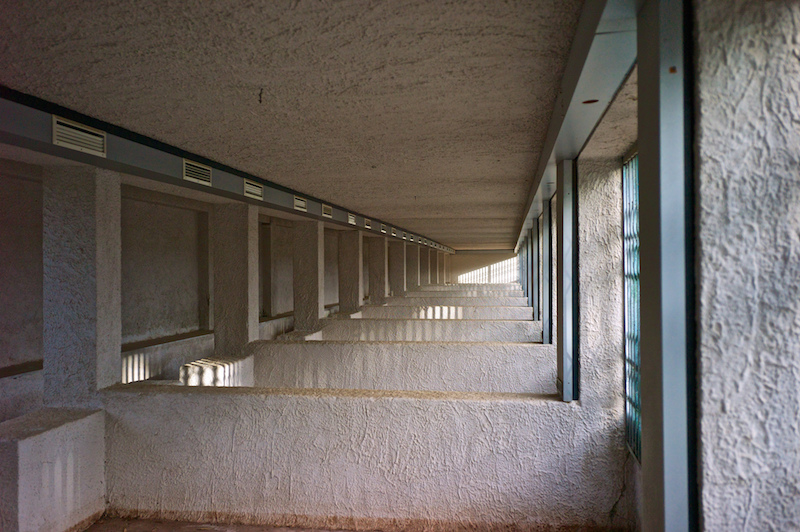
(c) David James
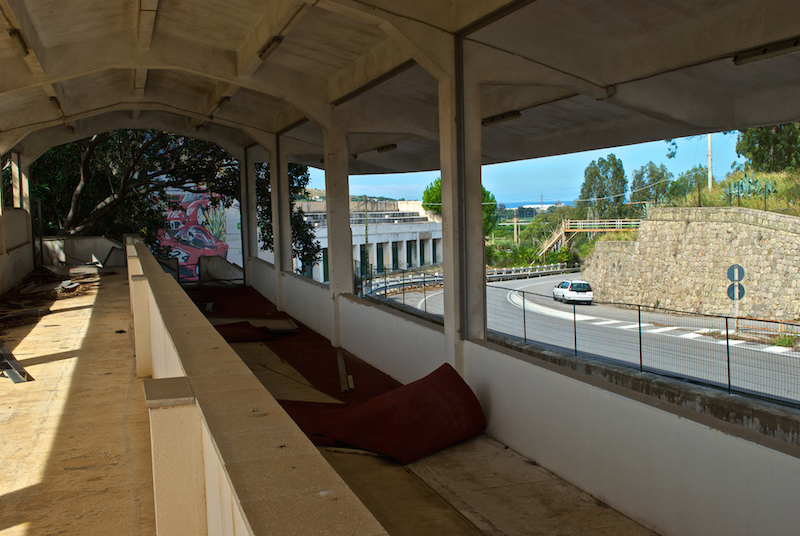
(c) David James
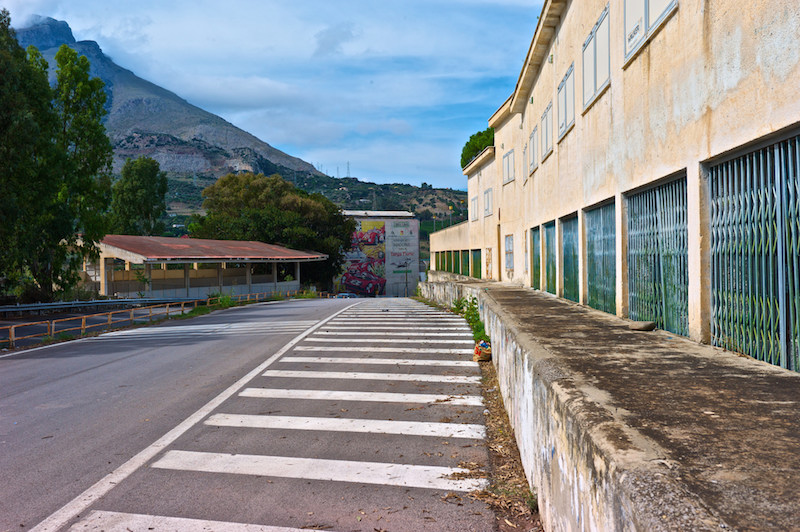
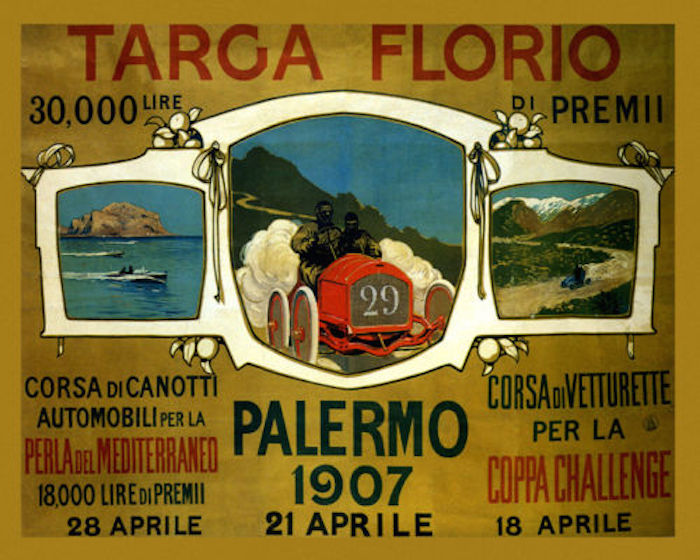
P.S. All this ‘dolce vita’ sportscar nostalgia reminded me of a short film Wes Anderson made a few years ago for Prada, which I now recognise is 100% inspired by the Targa Florio– the only race in the world where if you crashed your car into the village piazza, the locals would feed you pasta.
Sources: Targa-Floria.net / Zio Billy/ Dave Kutz / Tumblr







